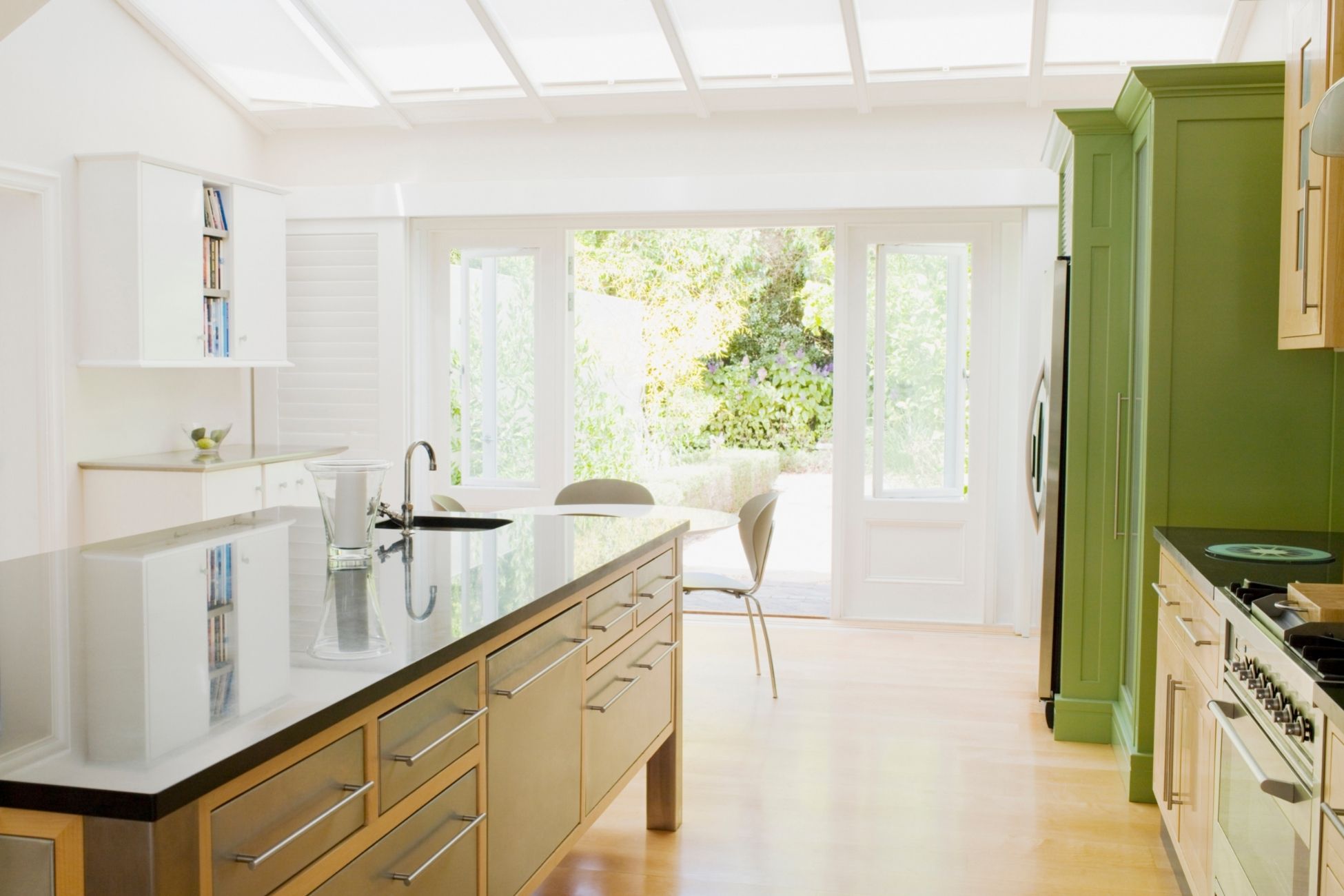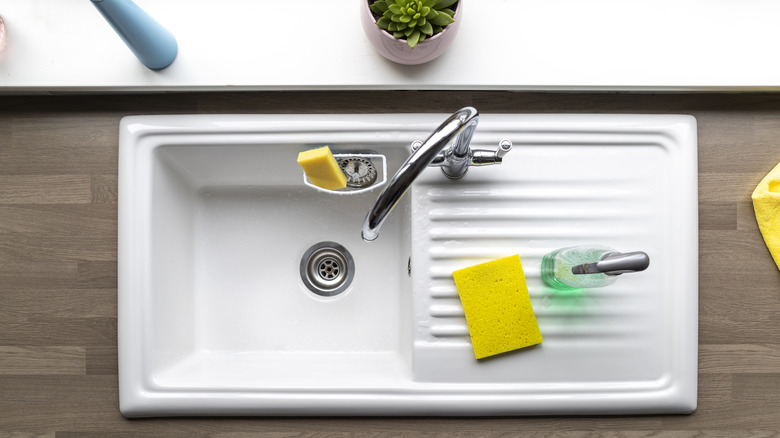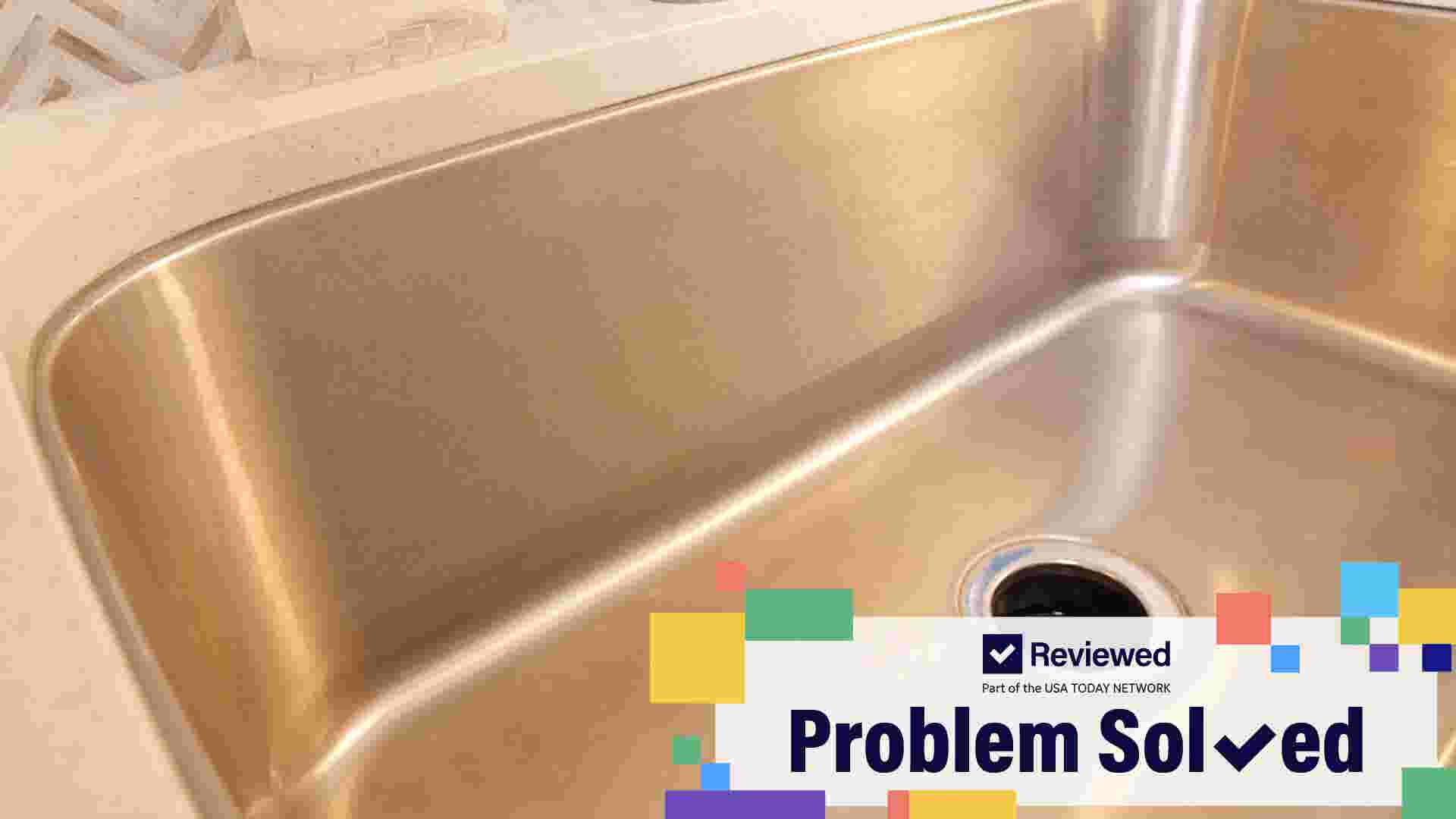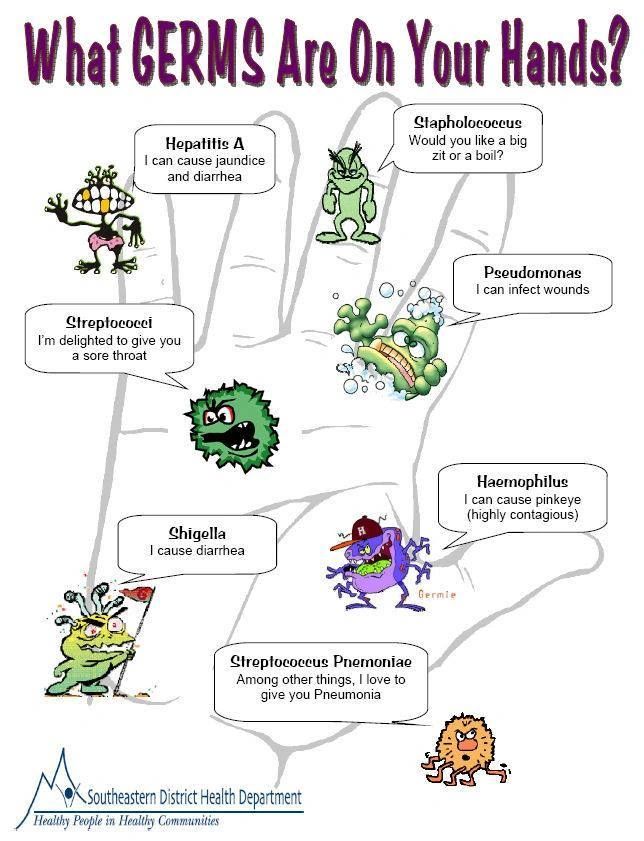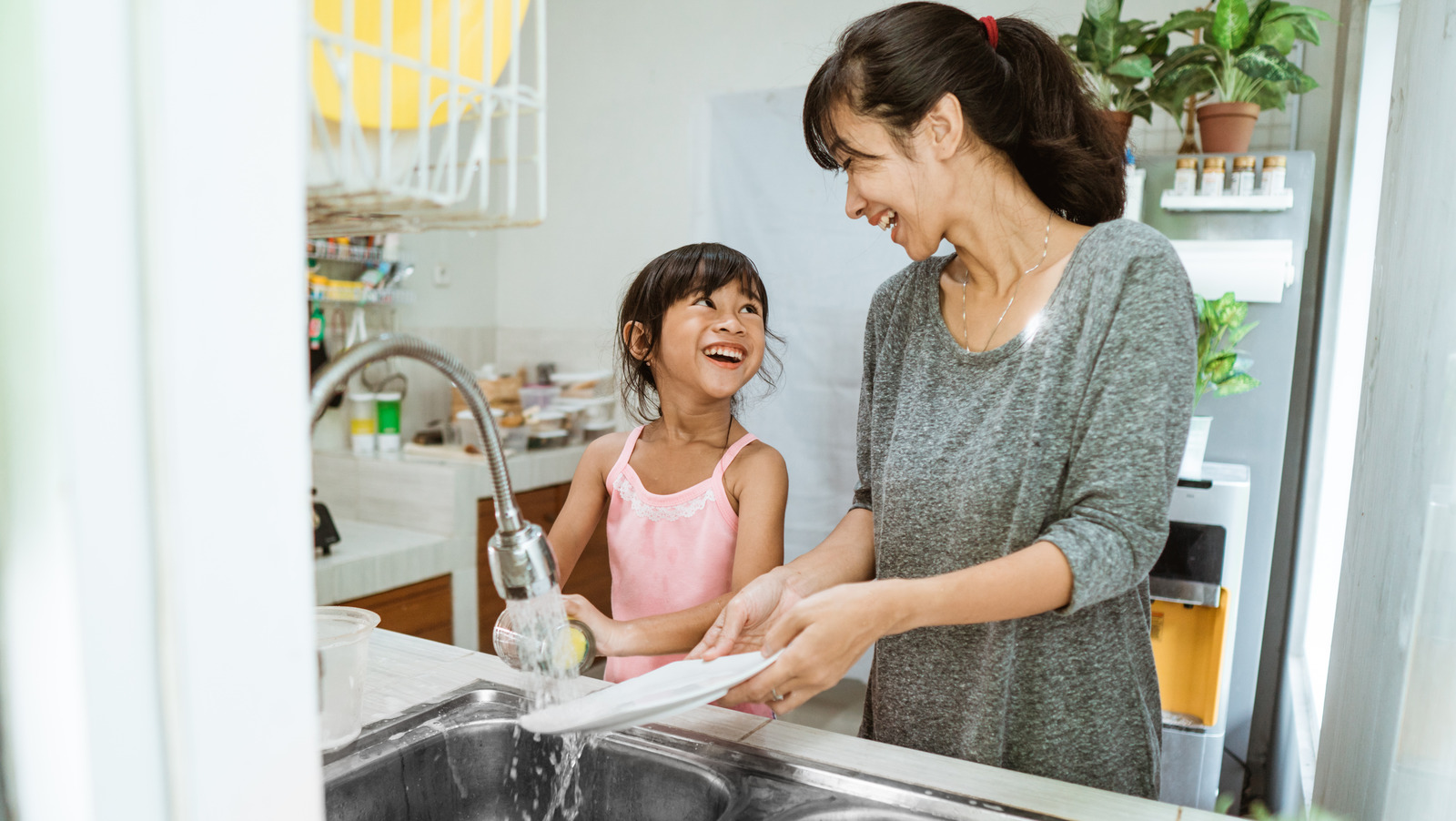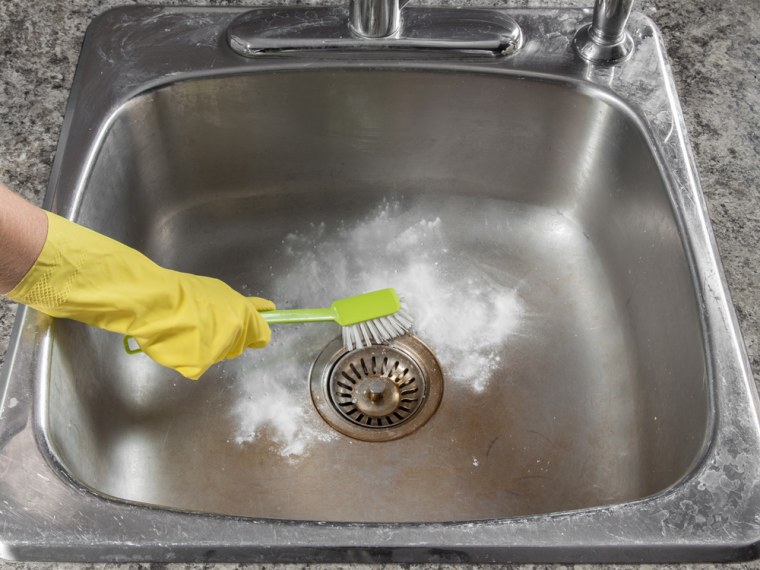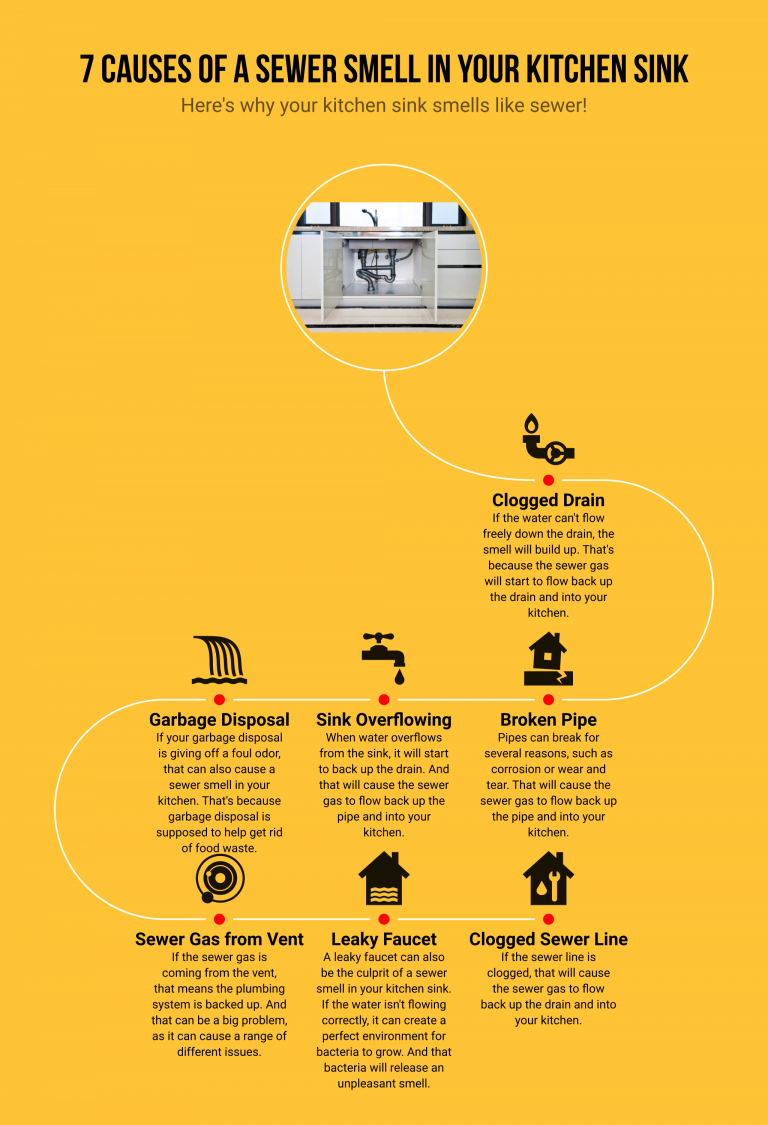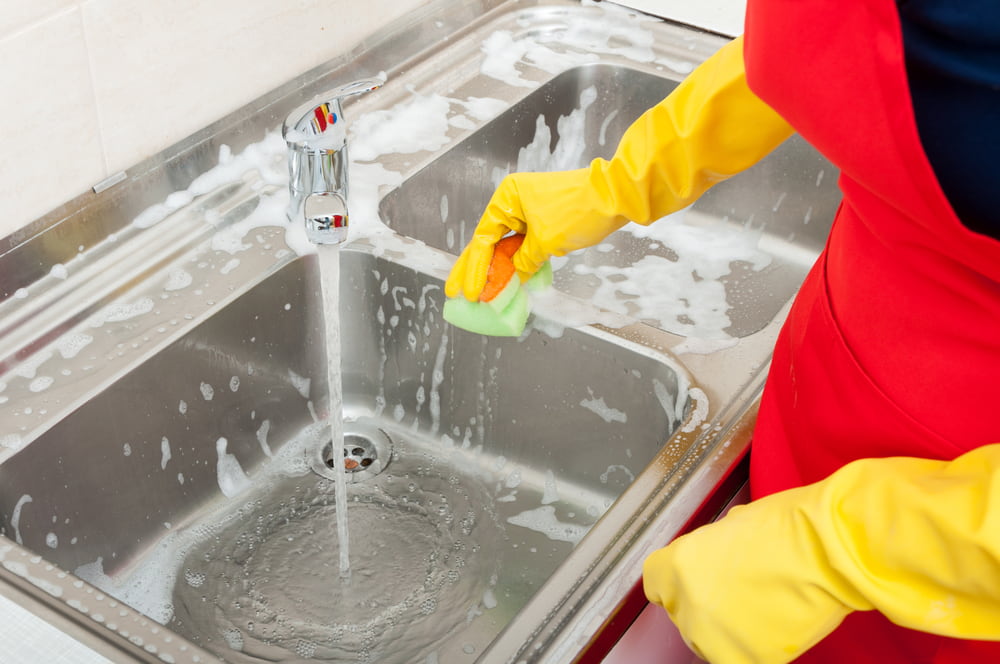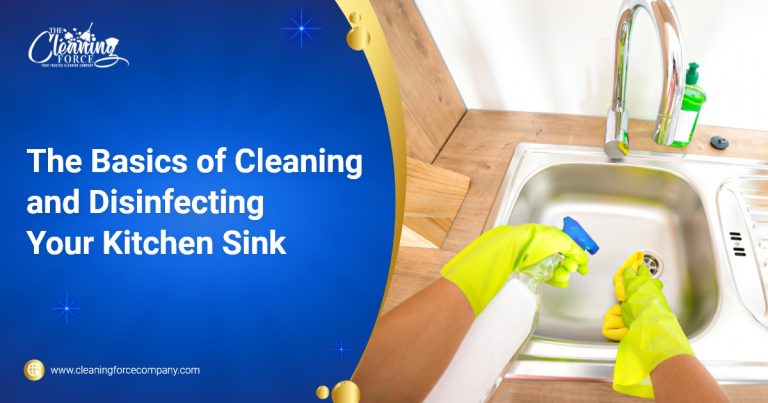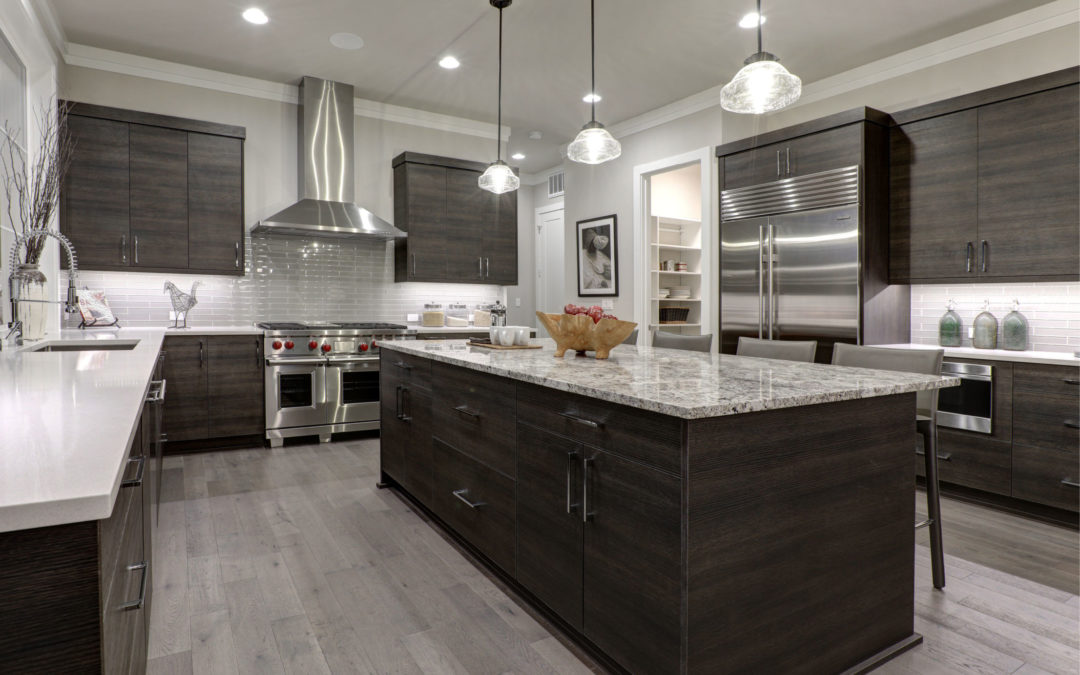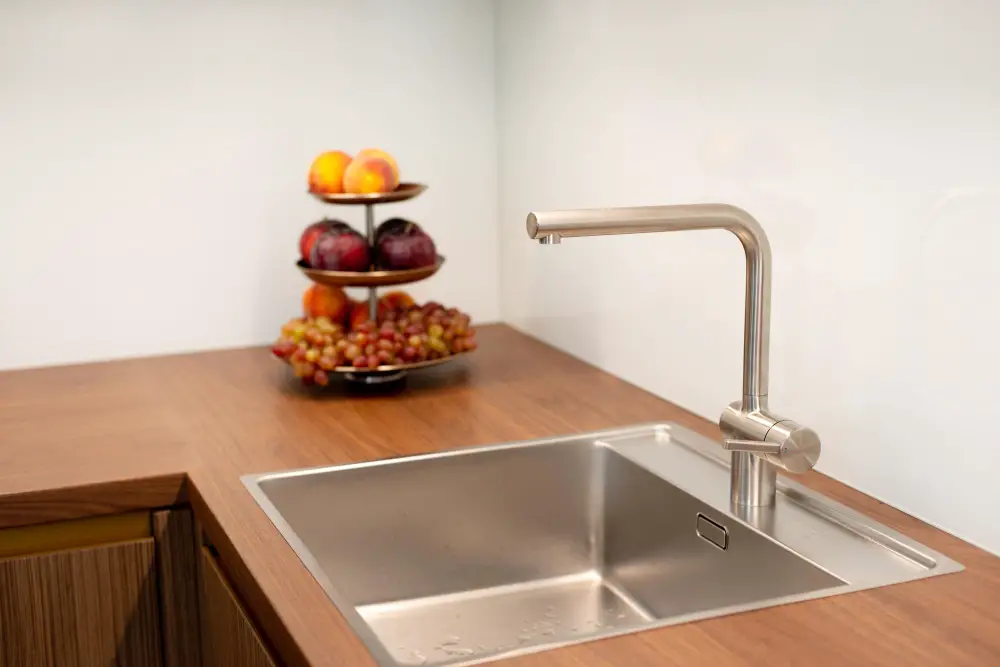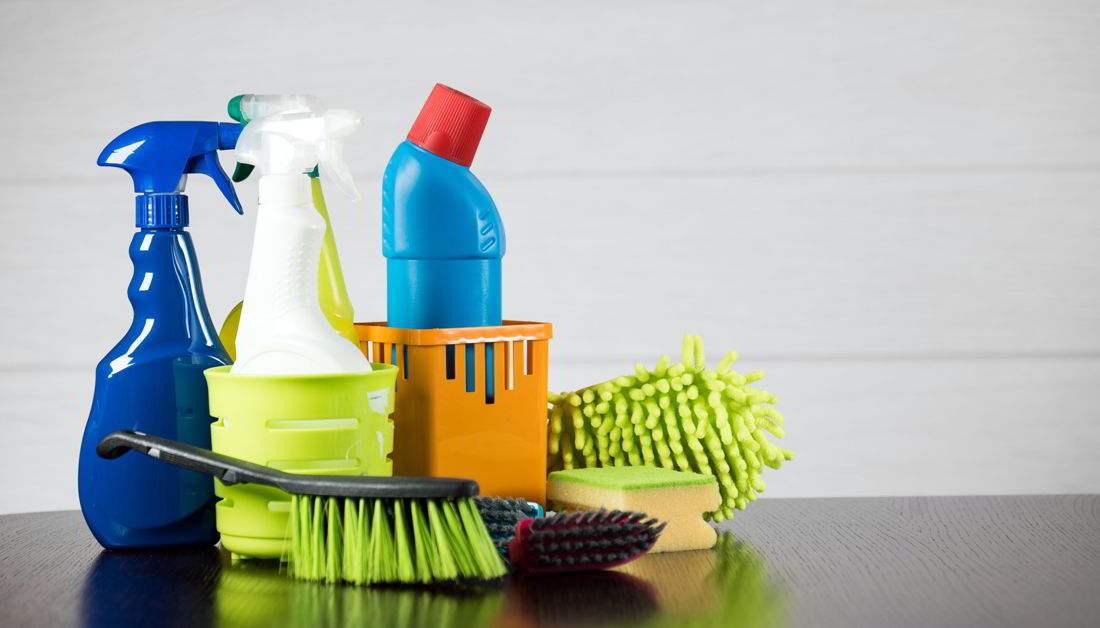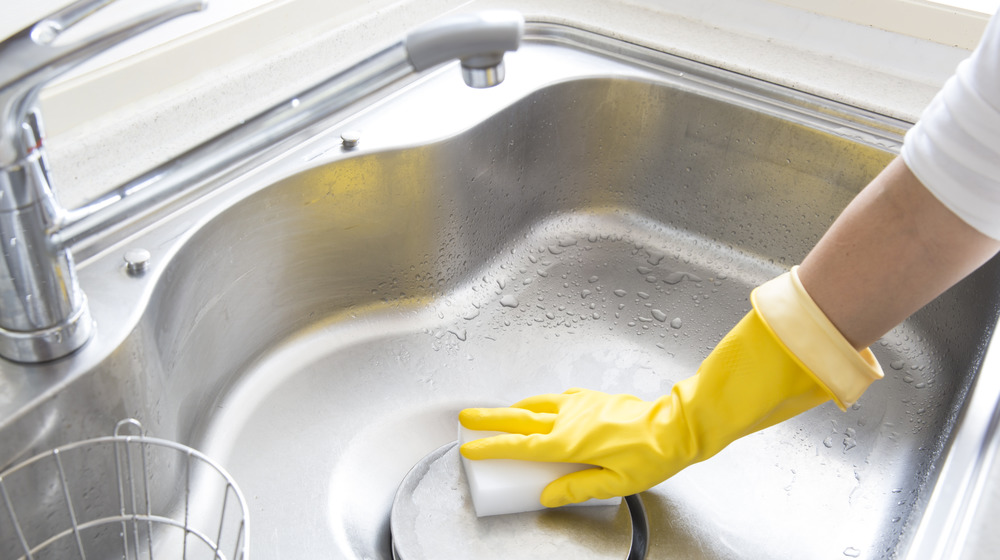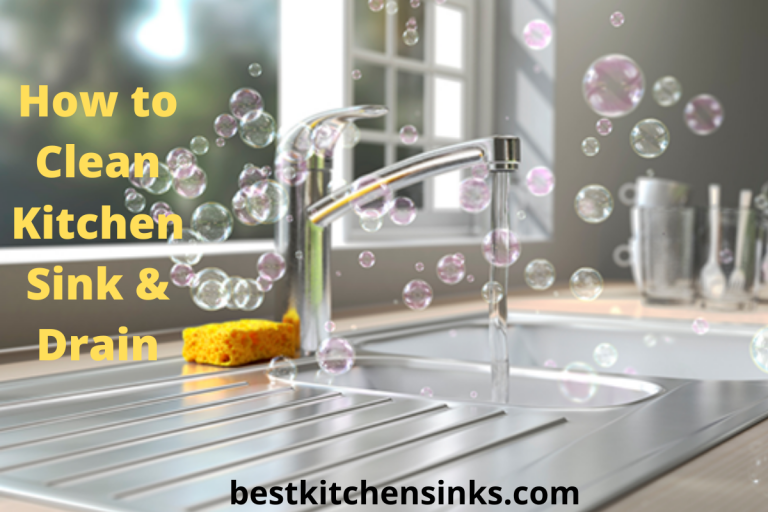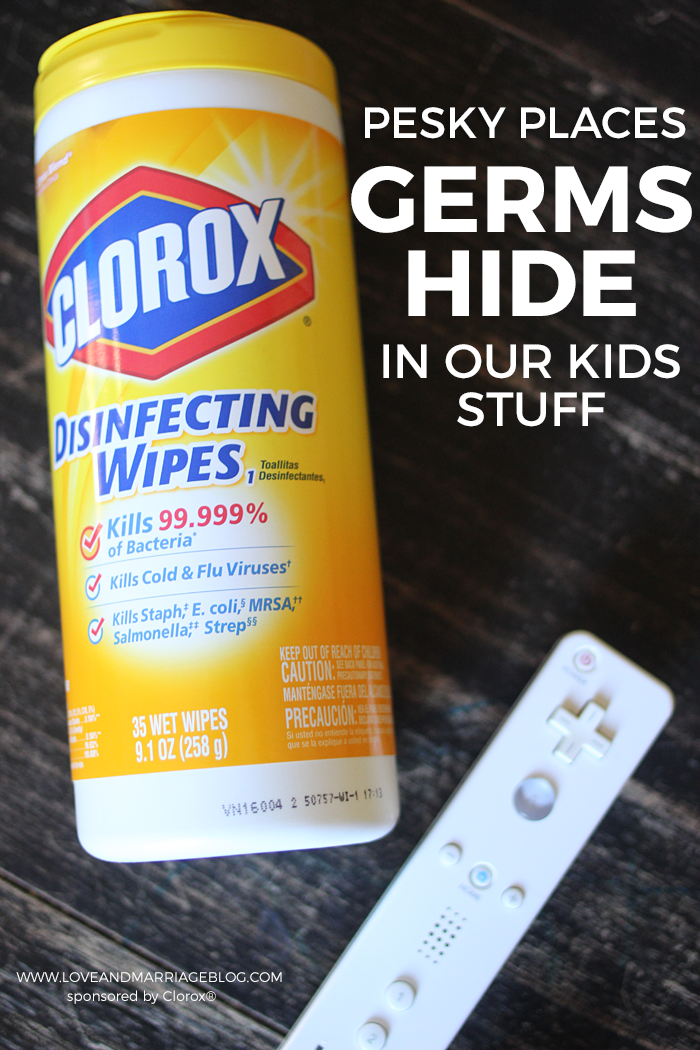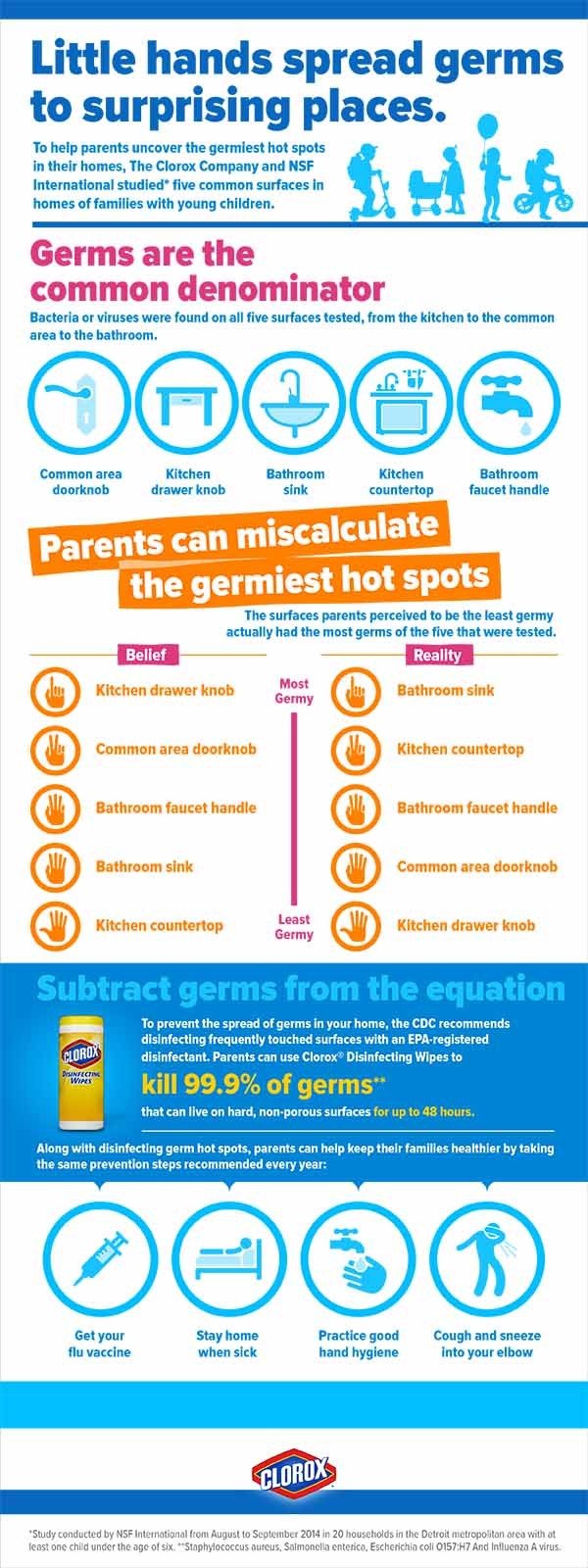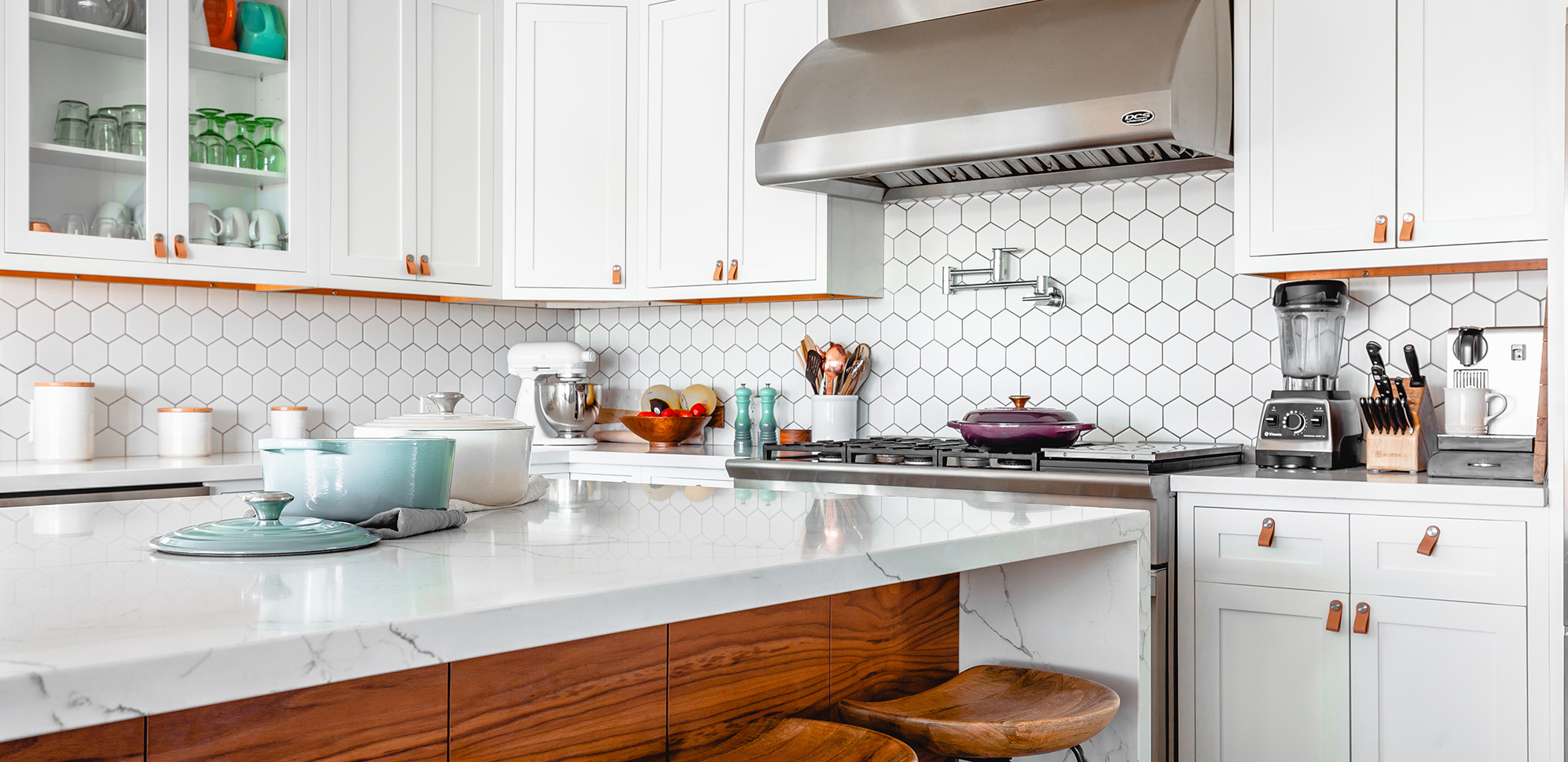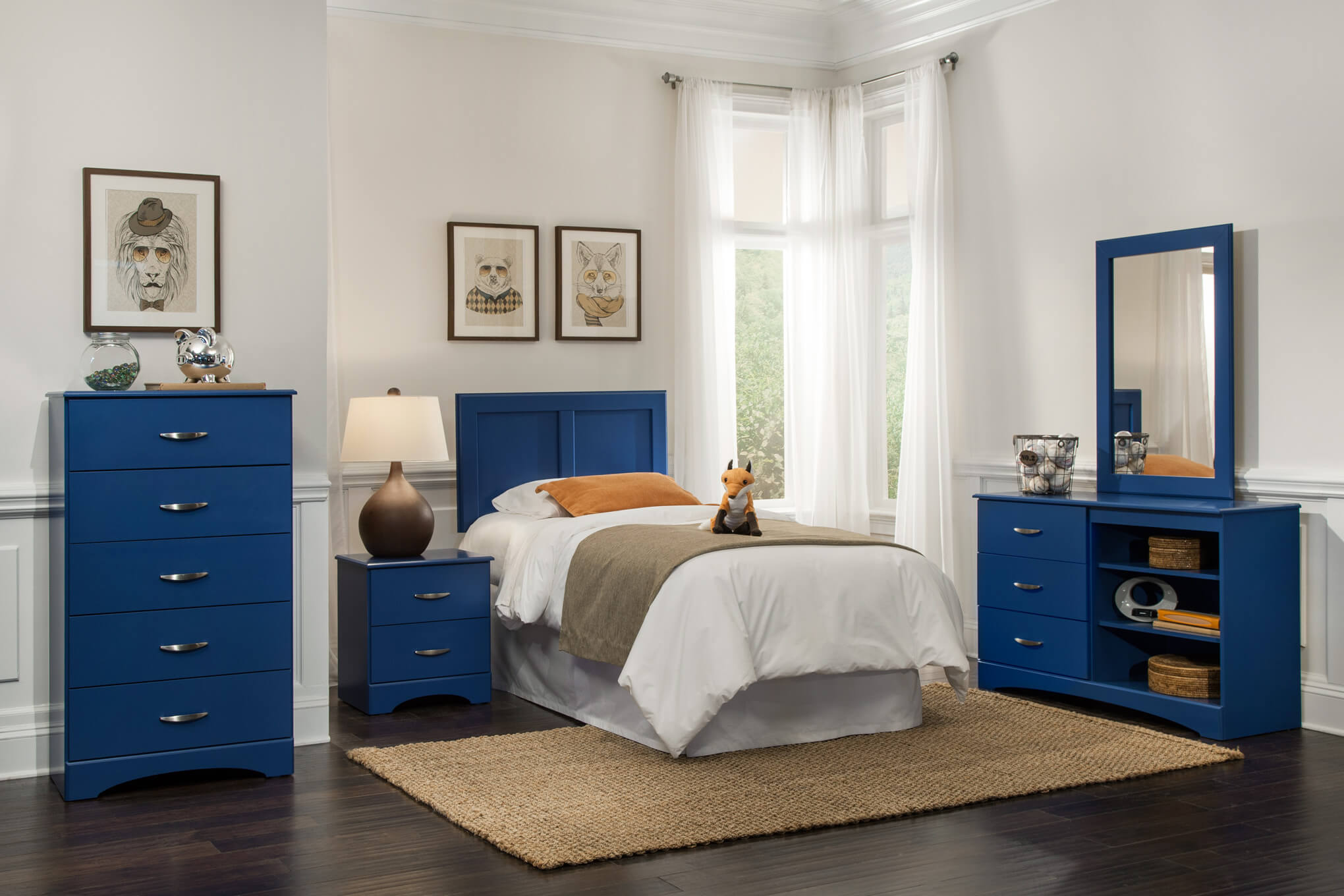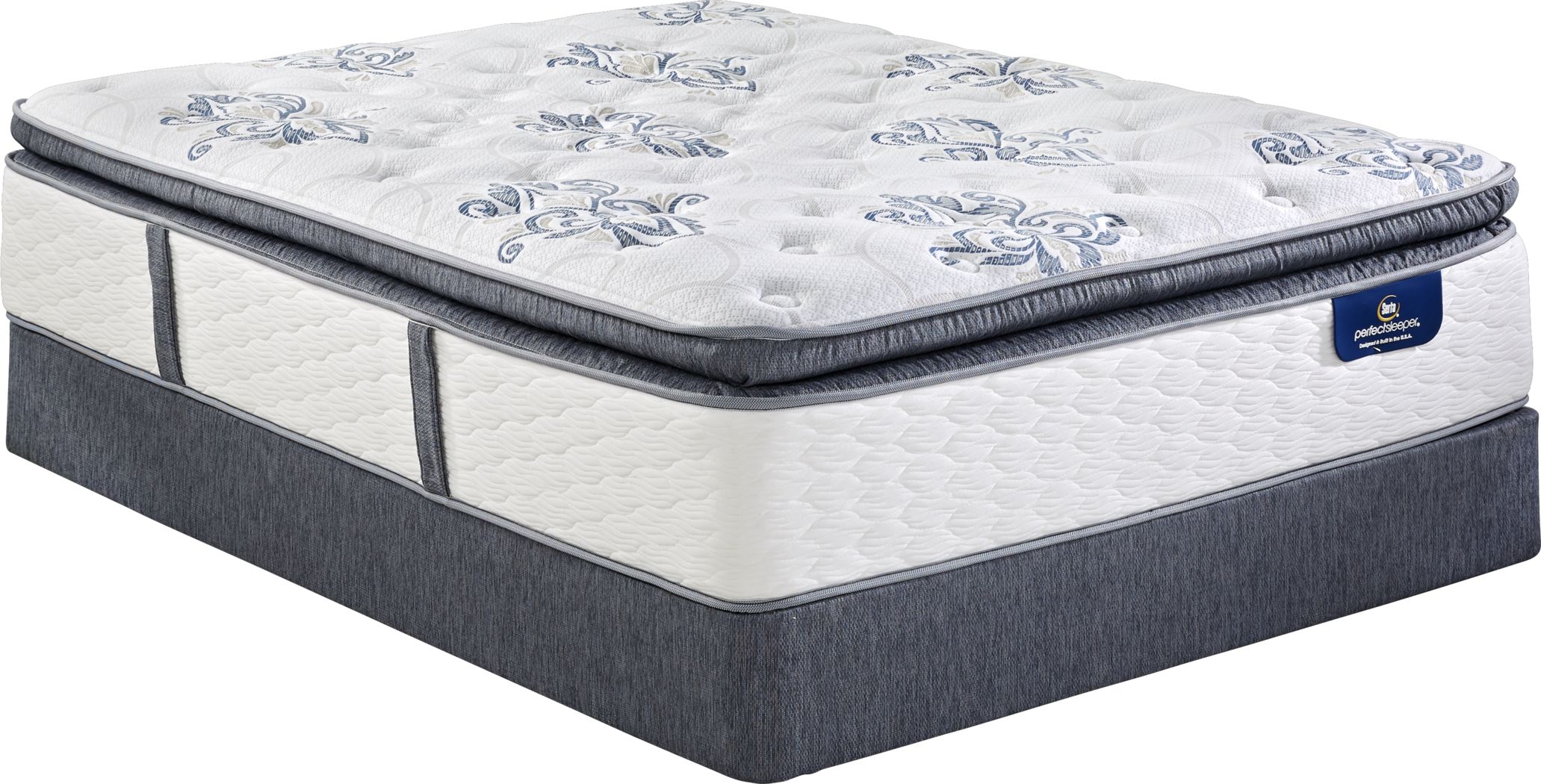If you were to think of the dirtiest and germiest place in your home, your kitchen sink might not be the first thing to come to mind. But the truth is, your kitchen sink is actually one of the most contaminated areas in your house. In fact, studies have shown that the average kitchen sink contains more bacteria than a toilet seat! This may come as a surprise, but it's important to understand the reasons behind this and how you can keep your kitchen sink clean and germ-free.1. Kitchen Sink: The Germiest Place in Your Home
Before we dive into the details of why your kitchen sink is so germ-ridden, let's take a look at some of the other dirty spots in your kitchen. Aside from the sink, the most contaminated areas in your kitchen include the cutting board, sponges, and dish towels. These items are used to clean and prepare food, making them hotspots for bacteria and germs to thrive.2. The Dirtiest Places in Your Kitchen
So, how exactly do all these germs end up in your kitchen sink? Well, when you wash your dishes, you may think that the hot water and soap are enough to remove all the bacteria. However, water alone is not enough to kill germs. This is why it's important to regularly disinfect your sink with a cleaning solution that kills bacteria, such as bleach or vinegar and water. Make sure to also scrub the sides and bottom of your sink with a brush or sponge to remove any food particles or residue that may be harboring bacteria.3. How to Clean Your Kitchen Sink and Keep it Germ-Free
It's not just one type of bacteria that can be found in your kitchen sink, there are actually a variety of germs that can thrive in this environment. Some of the most common bacteria found in sinks include E. coli, Salmonella, and Campylobacter. These are all known to cause food poisoning and can be transferred to your dishes and hands if not properly cleaned.4. The Most Common Germs Found in Kitchen Sinks
In addition to regularly cleaning your sink with a disinfectant, there are a few other steps you can take to keep it germ-free. One tip is to make sure to dry your sink after use. Bacteria thrive in moist environments, so by drying your sink with a clean towel, you are preventing the growth of germs. You can also use a UV light wand to further disinfect your sink and other kitchen surfaces.5. Tips for Disinfecting Your Kitchen Sink
Aside from the obvious health risks of having a dirty sink, there are other reasons why keeping it clean is important. For one, a dirty sink can lead to unpleasant odors in your kitchen. It can also attract pests, such as fruit flies, which can spread bacteria around your kitchen. Additionally, a dirty sink can also affect the taste of your food if you use it to rinse fruits and vegetables.6. The Importance of Keeping Your Kitchen Sink Clean
Now that you know how to properly clean and disinfect your kitchen sink, it's important to also take steps to prevent the spread of germs in the first place. This starts with washing your hands before and after handling food, and making sure to properly clean and disinfect any utensils or surfaces that come into contact with raw meat or eggs. You can also use separate sponges and dish towels for different tasks in the kitchen to prevent cross-contamination.7. How to Prevent Germs from Spreading in Your Kitchen Sink
When it comes to choosing a cleaning product for your sink, there are several options available. As mentioned earlier, bleach and vinegar and water are both effective in killing germs. You can also opt for a commercial disinfectant specifically designed for kitchen surfaces. Whichever product you choose, make sure to read the instructions and use it as directed for maximum effectiveness.8. The Best Cleaning Products for a Germ-Free Kitchen Sink
Now that you know how to properly clean and disinfect your kitchen sink, you may be wondering how often you should be doing this. The answer is at least once a day, or after each use if you tend to have a lot of dirty dishes. It's also a good idea to do a deep clean and disinfect once a week to ensure any lingering bacteria are eliminated.9. How Often Should You Clean Your Kitchen Sink?
Aside from the sink, there are a few other spots in your kitchen that you may not realize are harboring germs. These include your refrigerator handle, microwave buttons, and even your coffee maker. To keep your kitchen as clean and germ-free as possible, make sure to regularly clean and disinfect these areas as well. In conclusion, while your kitchen sink may be the germiest place in your home, it doesn't have to stay that way. By regularly cleaning and disinfecting it, along with taking preventative measures, you can keep your sink and kitchen free of harmful bacteria and ensure the health and safety of yourself and your family.10. The Surprising Places Where Germs Hide in Your Kitchen
The Kitchen Sink: A Hotbed for Germs

Why is the kitchen sink considered the germiest place in the house?
 When it comes to household cleaning, the kitchen sink is often overlooked. We often assume that because we use it to wash dishes and clean our hands, it must be a relatively clean place. However, studies have shown that the kitchen sink is actually one of the
germiest
places in the house. In fact, it can contain more
bacteria
than even the
toilet seat
! This may come as a shock, but it's important to understand why and how these germs are thriving in your sink.
When it comes to household cleaning, the kitchen sink is often overlooked. We often assume that because we use it to wash dishes and clean our hands, it must be a relatively clean place. However, studies have shown that the kitchen sink is actually one of the
germiest
places in the house. In fact, it can contain more
bacteria
than even the
toilet seat
! This may come as a shock, but it's important to understand why and how these germs are thriving in your sink.
The perfect environment for germs to thrive
 There are a few factors that make the kitchen sink the perfect breeding ground for germs. For starters, it is a wet and damp environment, which is ideal for bacteria to grow and multiply. On top of that, we often use the sink to wash raw meat and vegetables, which can leave behind harmful
pathogens
. These pathogens can then spread to other surfaces in the kitchen, such as countertops and cutting boards, increasing the risk of foodborne illnesses.
There are a few factors that make the kitchen sink the perfect breeding ground for germs. For starters, it is a wet and damp environment, which is ideal for bacteria to grow and multiply. On top of that, we often use the sink to wash raw meat and vegetables, which can leave behind harmful
pathogens
. These pathogens can then spread to other surfaces in the kitchen, such as countertops and cutting boards, increasing the risk of foodborne illnesses.
How to keep your kitchen sink clean and germ-free
 Now that we know the kitchen sink is a hotbed for germs, it's important to take steps to keep it clean and
sanitized
. The first step is to regularly clean your sink with hot water and soap. This will help remove any food particles and bacteria that may be lingering. Next, you can use a disinfectant spray or wipes to further
sterilize
the sink and surrounding areas. It's also important to clean your sink sponge or scrub brush regularly, as they can also harbor bacteria.
Now that we know the kitchen sink is a hotbed for germs, it's important to take steps to keep it clean and
sanitized
. The first step is to regularly clean your sink with hot water and soap. This will help remove any food particles and bacteria that may be lingering. Next, you can use a disinfectant spray or wipes to further
sterilize
the sink and surrounding areas. It's also important to clean your sink sponge or scrub brush regularly, as they can also harbor bacteria.
Invest in a high-quality kitchen sink
 Finally, choosing the right kitchen sink can also play a role in keeping it clean and germ-free. Stainless steel sinks, for example, are naturally resistant to bacteria growth and are easy to clean. Additionally, investing in a sink with a built-in
antimicrobial
coating can also help reduce the presence of germs.
In conclusion, the kitchen sink may seem like an innocent and clean area of the house, but it is actually one of the
germiest
places. By understanding why and how germs thrive in this environment and taking the necessary steps to keep it clean, you can ensure a
sanitary
and healthy kitchen for you and your family. So, next time you're scrubbing those dishes, remember to also give your sink some extra attention.
Finally, choosing the right kitchen sink can also play a role in keeping it clean and germ-free. Stainless steel sinks, for example, are naturally resistant to bacteria growth and are easy to clean. Additionally, investing in a sink with a built-in
antimicrobial
coating can also help reduce the presence of germs.
In conclusion, the kitchen sink may seem like an innocent and clean area of the house, but it is actually one of the
germiest
places. By understanding why and how germs thrive in this environment and taking the necessary steps to keep it clean, you can ensure a
sanitary
and healthy kitchen for you and your family. So, next time you're scrubbing those dishes, remember to also give your sink some extra attention.













